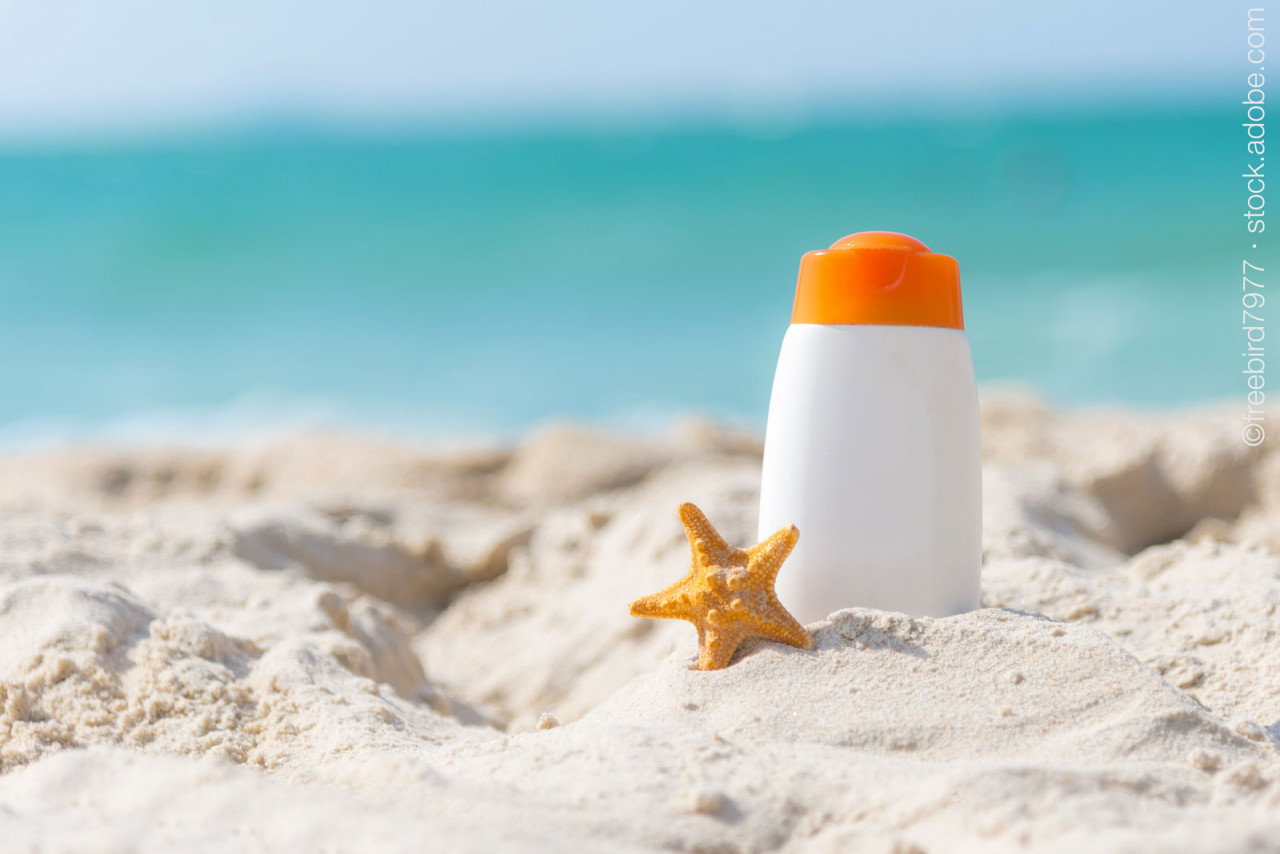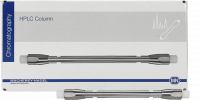Summer is here and sunscreen while soaking in the sun is a must!
Our skin contains molecules that are perfectly structured to absorb the energy of UVA and UVB photons. Even our DNA can absorb these UV rays, causing mutations which can lead to non-melanoma or melanoma skin cancers(1). As we are becoming more aware of the ill-effects of sun exposure, the use of sunscreens is on the rise and contributing to the multi-billion-dollar global sun care industry(2).
There are two categories of sunscreen active ingredients: physical blockers and chemical blockers. Physical blockers are inorganic molecules that reflect and scatter UV rays (zinc oxide and titanium dioxide). Chemical blockers are non-polar, conjugated aromatic compounds able to absorb UV rays (avobenzone, octinoxate, octisalate, etc)(3).
Manufacturers of sun care products analyze and monitor sunscreen actives both quantitatively and qualitatively during the manufacturing process, finished product, and repeatedly during stability studies. Stability testing is important because chemical blockers can undergo photodegradation generating photodegradants. UV-filter photodegradants have been shown to be toxic, highlighting the importance of their separation from the parent UV-filter molecules(4).
MACHEREY-NAGEL’s HPLC “Separation of Sunblockers” application shows the separation of multiple sunscreen chemicals with NUCLEODUR C18 Gravity-SB column (REF 760606.30).
NUCLEODUR C18 Gravity-SB boasts a distinct polar selectivity, monomeric octadecyl (C18, ODS) modification with bulky side chains; perfect for an overall sophisticated analytical separation - especially for polar compounds.
Access to application: Separation of sunblockers
References:
1) Sambandan, D.R., Ratner, D.: Sunscreens: An overview and update. Journal of the American Academy of Dermatology, Volume 64, Issue 4, Pages 748-758 (2011).
2) Sun Care Products Market Size, Sun Care Products Market Size, Share & COVID-19 Impact Analysis, By Product Type (Sun-protection, After-sun, and Tanning), Form (Lotion, Spray, Stick, and Others), SPF (0-29, 30-50, and >50), Distribution Channel, and Regional Forecast, 2020-2027, fortunebusinessinsights.com
3) The Science of Sunscreen. Harvard Health Publishing, Harvard Medical School. February 15, 2021.
4) Kockler, J., Motti, C.A., Robertson, S. et al.: HPLC Method for the Simultaneous Determination of the UV-Filters Butyl Methoxy Dibenzoylmethane and Octocrylene in the Presence of Their Photodegradants. Chromatographia 76, 1721–1727 (2013).


